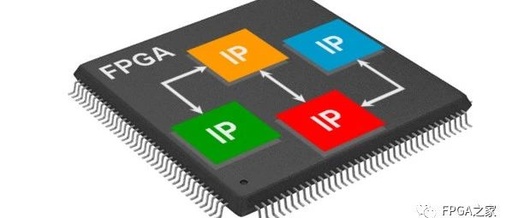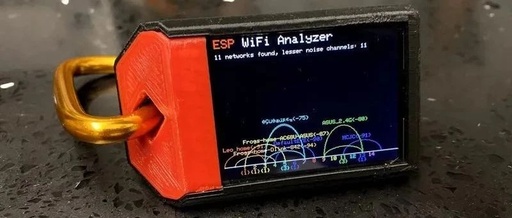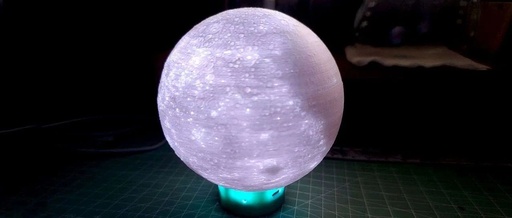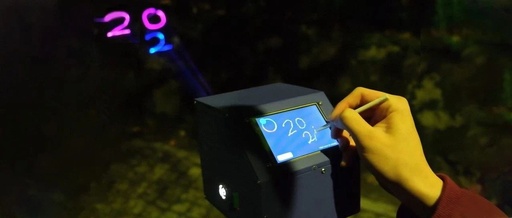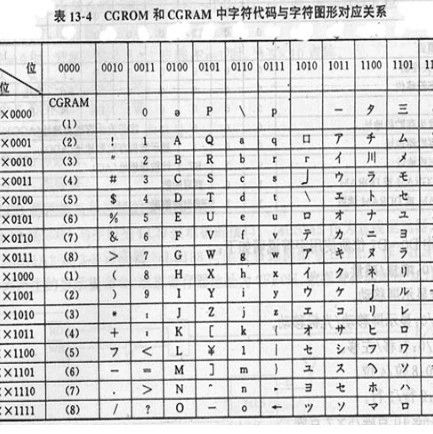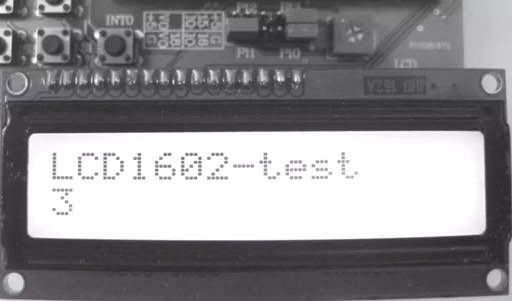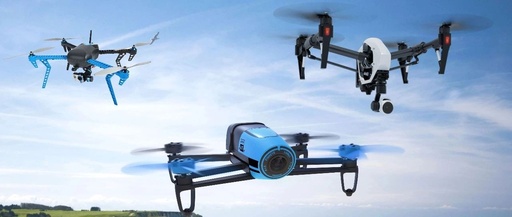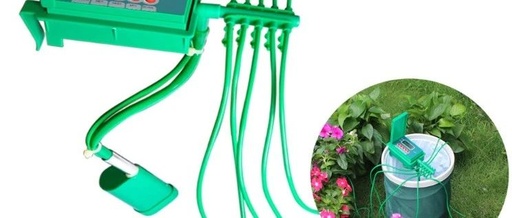Understanding the Differences Between CPLD and FPGA
Welcome FPGA engineers to join the official WeChat technical group. Clickthe blue textto follow us at FPGA Home – the best and largest pure FPGA engineer community in China. This article mainly introduces the differences between CPLD and FPGA. CPLD and FPGA are both composed of logic array modules, but CPLD’s LAB is based on … Read more
